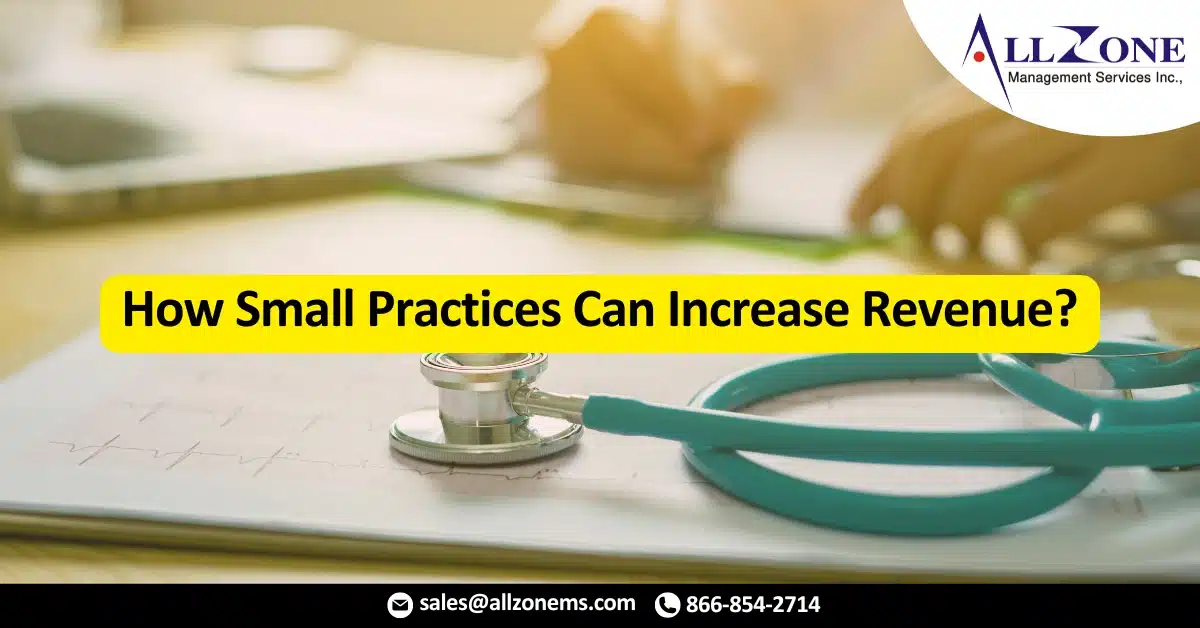Virtual Groups Will Allow More Clinicians To Participate In Mips To Earn Incentive Payments:
Clinicians who were ineligible to participate in the Merit-based Incentive Payment System (MIPS) in 2017 will have a better chance of qualifying in 2018. Although the Centers for Medicare & Medicaid Services (CMS) has proposed to increase the low-volume threshold, they’ve also proposed to implement virtual groups — and they aren’t waiting for a final rule to get the ball rolling. CMS announced in a listserv on Oct. 11 that clinicians have until Dec. 1 to form virtual groups for the 2018 MIPS performance period.
Consider Your Options:
In this initial year of the Quality Payment Program (QPP), there are three ways to participate in MIPS: 1.) as a solo practitioner; 2.) as a group of practitioners billing under a single Tax Identification Number (TIN); or 3.) in a MIPS alternate payment model (APM).
In 2018, CMS is expected to finalize a third option: Solo practitioners and small physician practices (10 practitioners or less) can band together to collectively meet the low-volume threshold requirement for participation in MIPS.
Define Virtual Groups:
CMS defines a virtual group in the proposed rule as a combination of two or more eligible clinicians who each bill under their own TIN, with no other clinicians billing under their TIN, or a group of 10 or fewer clinicians (at least one must be a MIPS eligible clinician) who bill under one TIN and at least one other clinician or clinician group billing under their own TIN.
The election applies to all clinicians in the virtual group, but only “eligible” clinicians (physicians, physician assistants, nurse practitioners, clinical nurse specialists, and certified registered nurse anesthetists) will qualify for payment adjustments in 2020 (+/- 5 percent x 3 percent scaling factor).
Here Are Some More Facts About Virtual Groups:
- Clinicians, groups may elect to be in no more than one virtual group for a performance period.
- Election to be in a virtual group cannot change during a performance period.
- CMS is not proposing to establish classifications regarding the composition of virtual groups at this time.
- CMS asked for comments in the proposed rule on whether to limit the number of TINs that may form a virtual group.
- CMS is considering identifying each MIPS eligible clinician who is part of a virtual group with a unique identifier.
Form A Virtual Group:
CMS has proposed a two-stage virtual group election process:
Stage 1 (optional): Solo practitioners and groups with 10 or fewer eligible clinicians may contact their designated Technical Assistance representative or the QPP Service Center to determine eligibility.
Stage 2: Name an official representative who will submit the virtual group’s election to CMS via email to MIPS_VirtualGroups@cms.hhs.gov by Dec. 1.
The election must include a written formal agreement between each of the virtual group members and information about the TIN and NPI associated with the virtual group representative’s contact information.
To know more: https://www.aapc.com/blog/39964-how-small-practices-can-increase-revenue/

